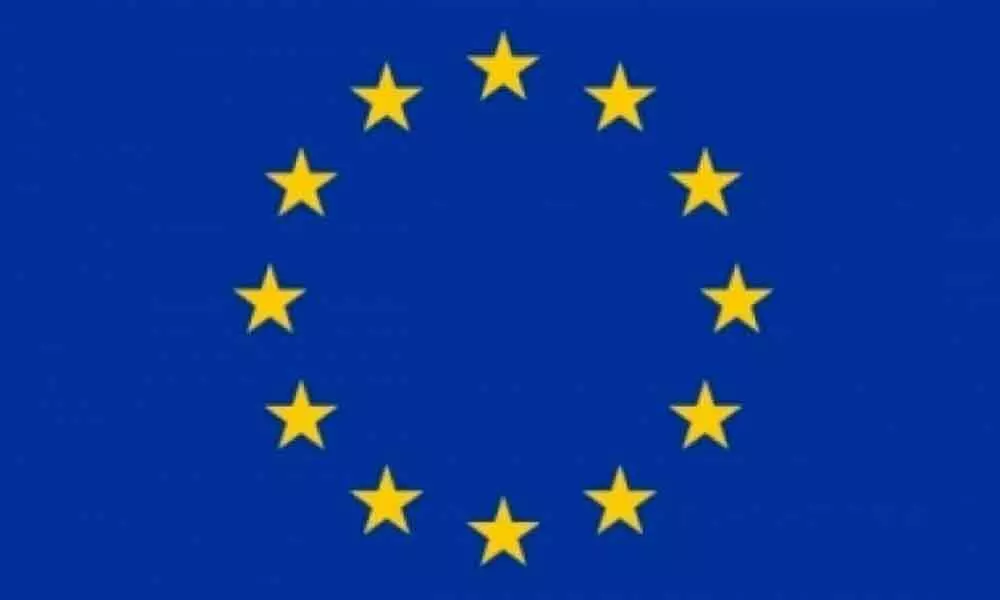Live
- South Korean court sentences ex-fiance of Olympic fencing medalist to 13-yr prison term
- Posani Krishna Murali Announces Exit from Politics
- Allu Arjun and Sreeleela to Ignite the Stage with Pushpa-2’s Special Song
- World Television Day 2024: From B&W Beginnings to Smart TVs and Their Role in Shaping Elections
- Bihar: Kaimur residents buy cheap medicines from Jan Aushadhi Kendras, thanks govt
- JMM confident of winning 59 seats in Jharkhand
- Jordan's govt approves draft budget law for 2025
- Football: Abdul Fatawu to miss remainder of season with ACL injury
- Bihar will get roads similar to US in four years: Nitin Gadkari
- DK Shivakumar Blends Political Confidence With Divine Intervention In Karnataka By-Elections









